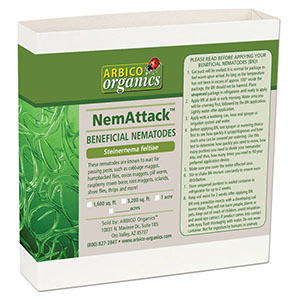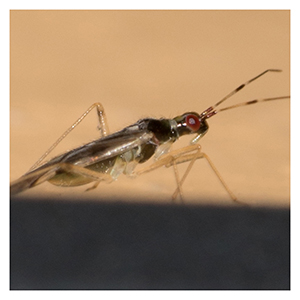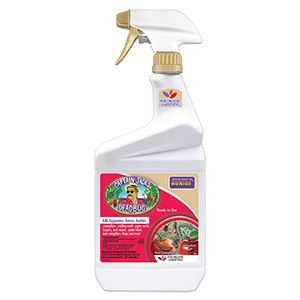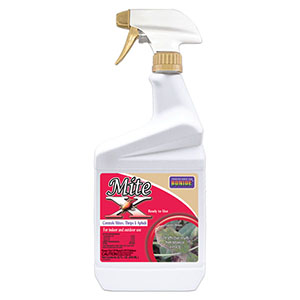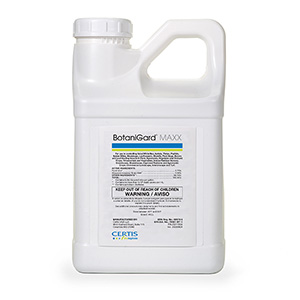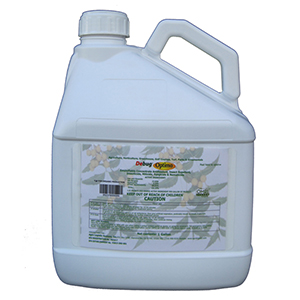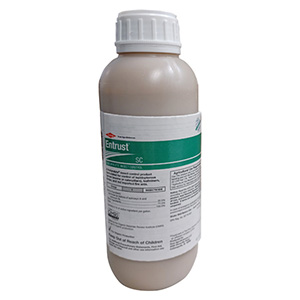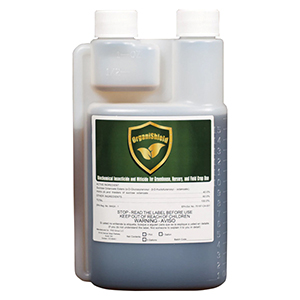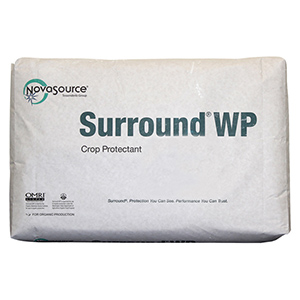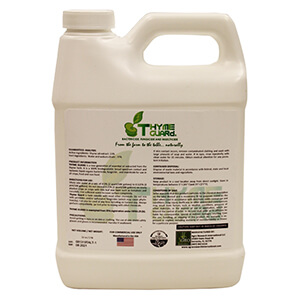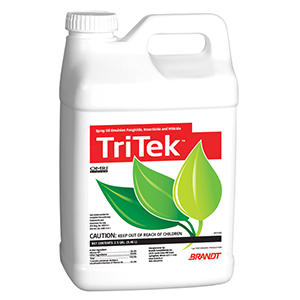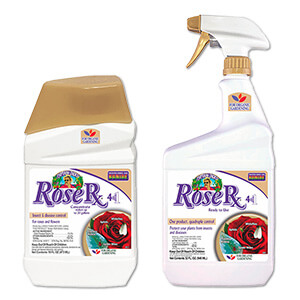Thrips
How To Treat & Control Thrips Organically
Members of the Thysanoptera order, the term 'thrips' includes more than 6,000 species. They can become serious pests indoors, outdoors and in greenhouse settings. In general, they are not host specific; however; species such as onion thrips and tobacco thrips feed on plants in specific families. Adult and larval stages of thrips feed on foliage and flowers causing extensive damage in a short time period under the right conditions. Damage typically shows up as stippling, silvering of the leaves, or discolored patches on the leaf surfaces, but can also be identified by the unique twisting they cause on new growth. Discarded pollen and frass can also be a major issue for orchid, violet and other ornamental growers as the buildup is unsightly and reduces flower longevity.
Thrips Control:
- Monitoring & Prevention – Inspect plants early and often for signs of thrips activity or damage.
- Hang Blue or Yellow Sticky Traps within the growing area to monitor pest populations. Blue traps are best when beneficial insects are already present.
- General predators can keep thrips populations at low levels limiting damage – minute pirate bugs (Orius insidiosus), green lacewing and ladybugs.
- Biological Controls – Use when thrips pressure is moderate or minimal for best results. Many insects control different life stages of thrips and there are numerous mycoinsecticides that also target them.
- Beneficial Nematodes(Sf) are the easiest way to control thrips developing in the soil. They interrupt reproduction and reduce local populations leading to less adults and resulting damage.
- Amblyseius cucumeris are predatory mites used for thrips prevention, control and continued management. They feed on immature thrips and multiple species of mites. For best results, release before thrips become a serious issue as establishment can take 6-8 weeks.
- Amblyseius swirskii can also be used as a thrips control and reproduce more quickly than N. cucumeris in optimal conditions (77-85°F, RH 70%).
- Stratiolaelaps scimitus feed on a number of soil-dwelling pests including thrips prepupae and pupae.
- Insecticide Sprays – Use insecticides for early knockdown or continued control of high pest numbers.
- Neem Oil is an effective knockdown spray and one of the best sprays for garden thrips control. It can be used prior to releasing beneficial insects and suppresses foliar diseases like powdery mildew.
- Azadirachtin sprays work as feeding/growth inhibitors and can be combined with pyrethrins to increase impact and coverage. Use as a thrips control spray for severe infestations.
- PFR-97 has shown great results controlling thrips and other soft-bodied insects, especially in greenhouses or indoor settings. It poses minimal risks to beneficial insects and is compatible with most other pesticides.
-
$36.00–$270.00
-
$52.00–$325.00
-
$36.00–$86.00
-
$30.00–$200.00
-
$25.00–$600.00
-
$68.00–$500.00
-
-
$27.00–$6,000.00
-
$30.00–$100.00
-
$26.00–$180.00
-
$53.00–$154.00
-
$21.00–$130.00
-
$4.99–$70.00
-
-
$21.99
-
$38.35–$150.08
-
$23.99
-
$275.00–$2,495.00
-
$70.50–$152.00
-
$10.99
-
$60.00–$115.00
-
$90.00–$972.00
-
$285.00–$2,821.50
-
$9.99–$29.99
-
$6.75–$11.99
-
$13.99–$20.99
-
-
$5.49–$9.99
-
$11.97–$34.99
-
$110.00–$1,296.00
-
$115.00–$1,314.00
-
$95.00–$1,026.00
-
$615.00
-
$125.00–$225.00
-
$260.00–$936.00
-
$80.00–$1,026.00
-
$302.00
-
-
$18.00–$65.00
$13.75–$45.00 -
$6.99
-
$11.99–$299.99
-
$194.17
-
$350.00–$975.00
-
$31.49–$58.79
-
$15.99–$124.49
-
-
-
$14.99–$144.49
-
$12.99–$129.99
-
$153.00–$275.40
-
$125.00–$1,350.00
-
$8.99–$9.99
-
$270.00
-
$67.78–$2,169.50
-
$8.99–$1,029.00
$5.50–$1,029.00 -
$12.21–$190.26
-
$280.00
-
$35.00–$350.00
-
$35.00–$285.00
-
$34.95–$395.98
-
$224.95
-
$175.00–$300.00
-
$7.99–$380.00
-
$7.99–$380.00
-
$5.49–$45.00
-
$56.25
-
$32.97–$118.33
-
$22.99–$131.95
-
$93.00
-
-
-
$5.00–$40.00
-
$5.00–$155.00
-
$10.99–$17.99

